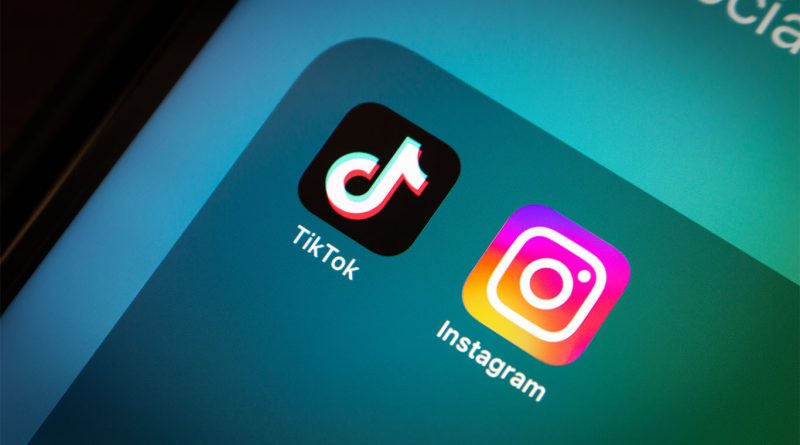Why are luxury shoppers turning to TikTok and Instagram for product discovery?
Subscribe to our free newsletter today to keep up to date with the latest retail news.
Luxury shopping once meant carefully curated flagship stores, marble floors, and exclusive personal shoppers. Yet today’s affluent consumers, especially younger generations, are looking beyond traditional brick-and-mortar experiences. They are turning to TikTok and Instagram, transforming these visual-first platforms into dynamic marketplaces for discovering and purchasing luxury goods. Short-form videos, influencer partnerships, and curated feeds have blurred the lines between inspiration and transaction, pushing even the most traditional luxury brands to rethink how they reach high-value audiences online.
The role of TikTok and Instagram in luxury shopping
TikTok’s algorithm and Instagram’s visual storytelling capabilities have reshaped product discovery for luxury shoppers. On TikTok, luxury hauls and unboxing videos rack up millions of views, offering organic endorsements that rival classic celebrity placements. Instagram’s shoppable posts and stories enable users to move seamlessly from inspiration to checkout within seconds.
Recent figures from Statista show that 48 percent of luxury shoppers aged 18 to 34 use social media to research high-end purchases, with TikTok and Instagram topping the list for influencing purchase decisions. For luxury brands that once relied on glossy print ads and exclusive runway shows, the pivot to digital-first engagement means adapting to a medium where authenticity and community reign.
Gen Z’s influence on luxury shopping trends
Gen Z consumers, now coming into significant spending power, demand more than brand prestige alone. This demographic values transparency, brand purpose, and genuine interaction. They are more likely to trust a recommendation from a micro-influencer than a traditional celebrity spokesperson.
Recent reports point out that Gen Z and millennials now represent nearly 50 percent of all luxury sales. This shift has compelled luxury houses to experiment with social-first campaigns that resonate with younger audiences, such as behind-the-scenes content, interactive polls, and user-generated challenges that invite direct participation.
Strategies luxury brands are adopting
Leading luxury brands have embraced TikTok and Instagram not only as advertising channels but as active storefronts and community hubs. Gucci’s viral challenges on TikTok and Dior’s exclusive Instagram live product drops are two examples of how brands are integrating entertainment, exclusivity, and commerce.
Interactive shopping features, such as live-streamed runway shows with direct-to-cart functionality, allow customers to purchase looks in real time. Some brands are also partnering with emerging influencers who have cultivated niche audiences that mirror luxury’s next generation of buyers.
The pivot to social platforms does not come without tension. Luxury brands must balance mass reach with a sense of rarity and aspiration. Overexposure can risk diluting brand equity, while too little engagement can make brands seem out of touch with the always-on digital culture.
Cybersecurity and counterfeit risks also grow as more luxury transactions move online. As a result, maintaining control over digital storefronts and ensuring trusted purchase paths are vital priorities for brand leaders.
The social-driven shift in luxury shopping shows no signs of slowing down. As platforms evolve with advanced shopping tools and AI-driven personalization, the gap between discovery and purchase will narrow even further.
For luxury brands, embracing this digital-first future means finding the right balance between heritage and innovation. Those who understand how to cultivate genuine communities on TikTok and Instagram will shape the next chapter of high-end retail, meeting affluent shoppers exactly where they want to be, scrolling their feeds.
Sources:
